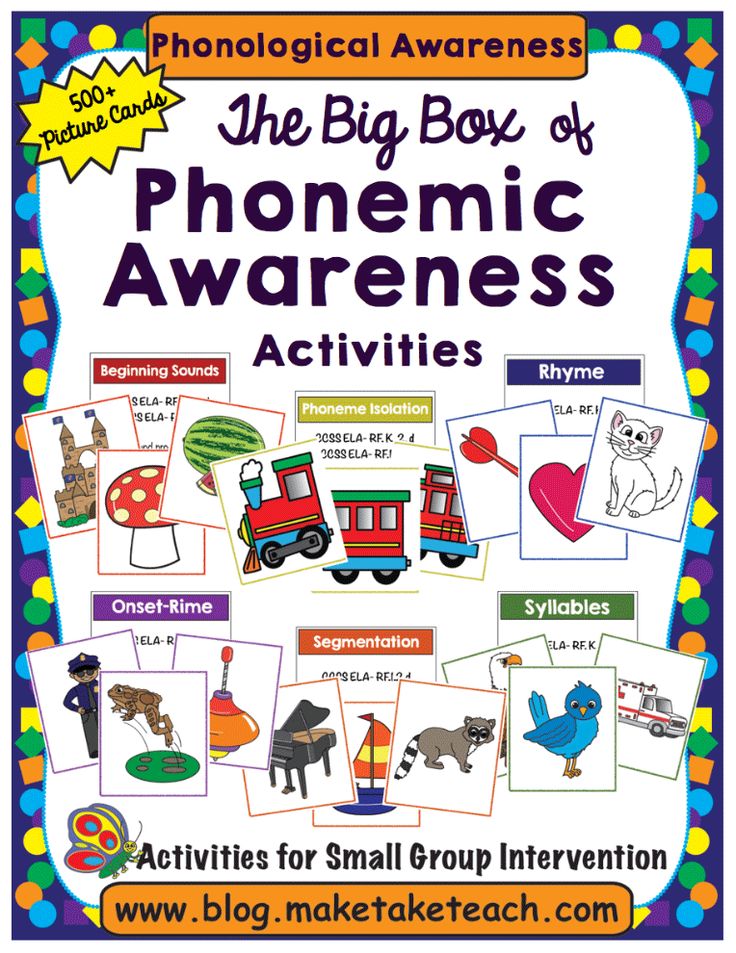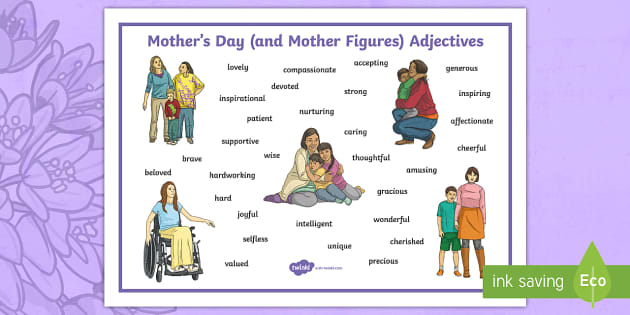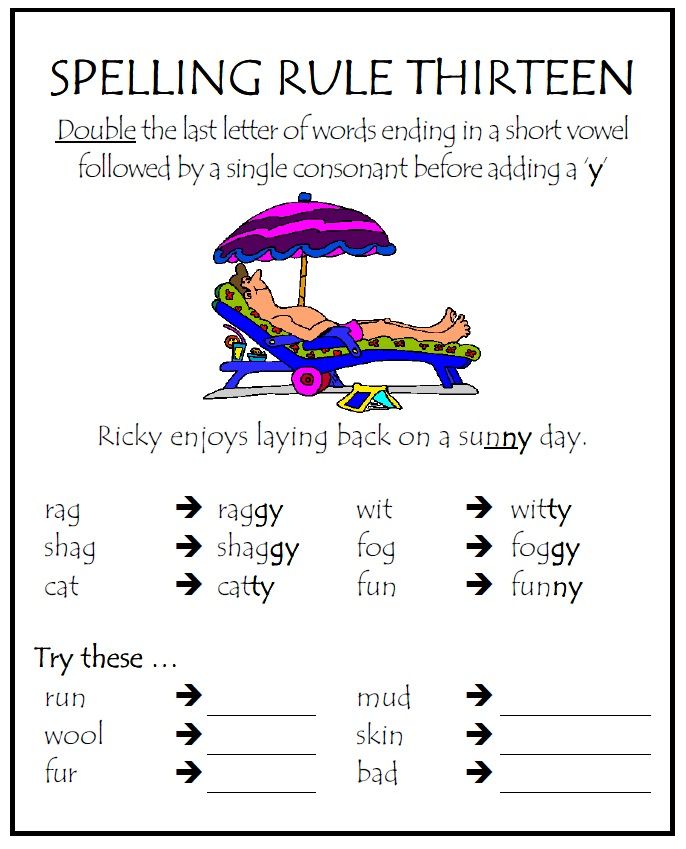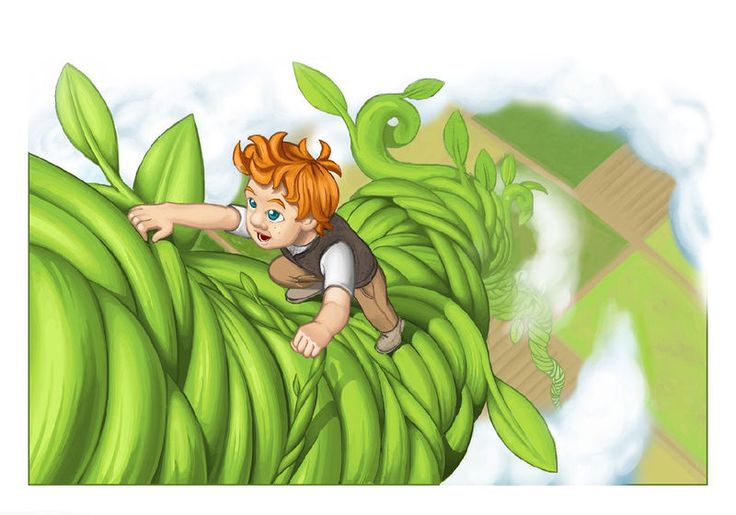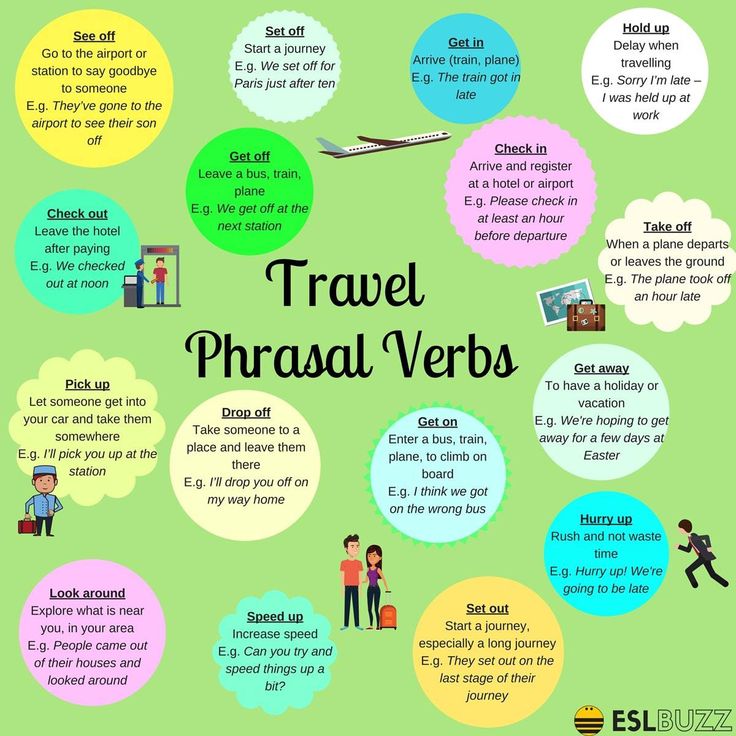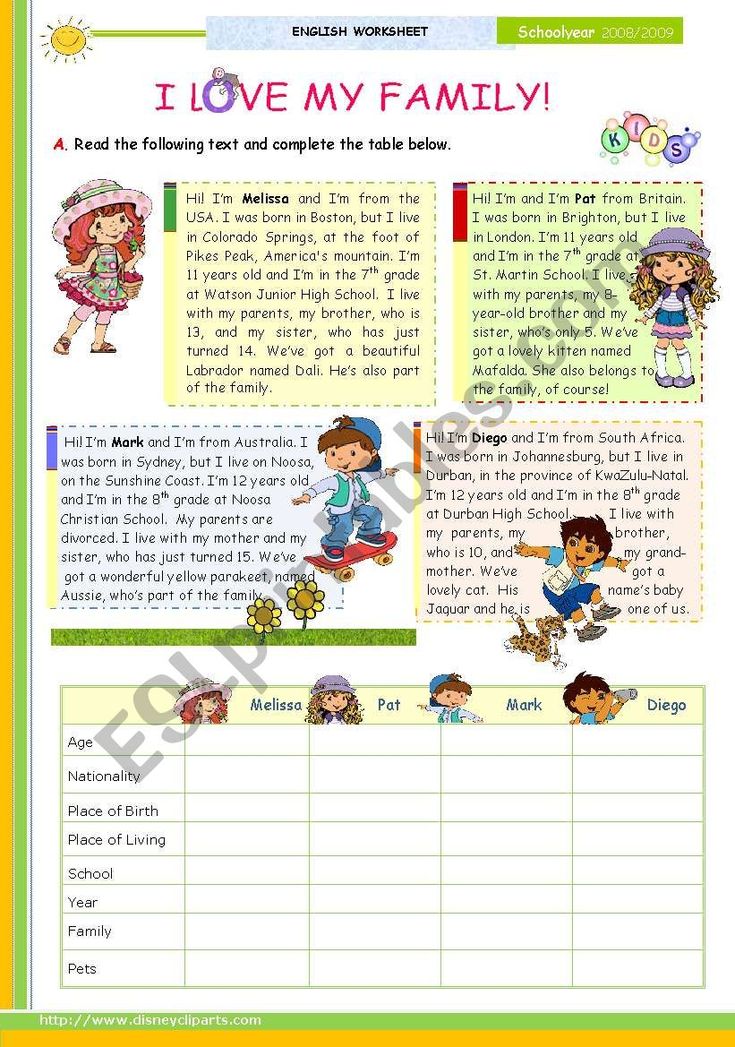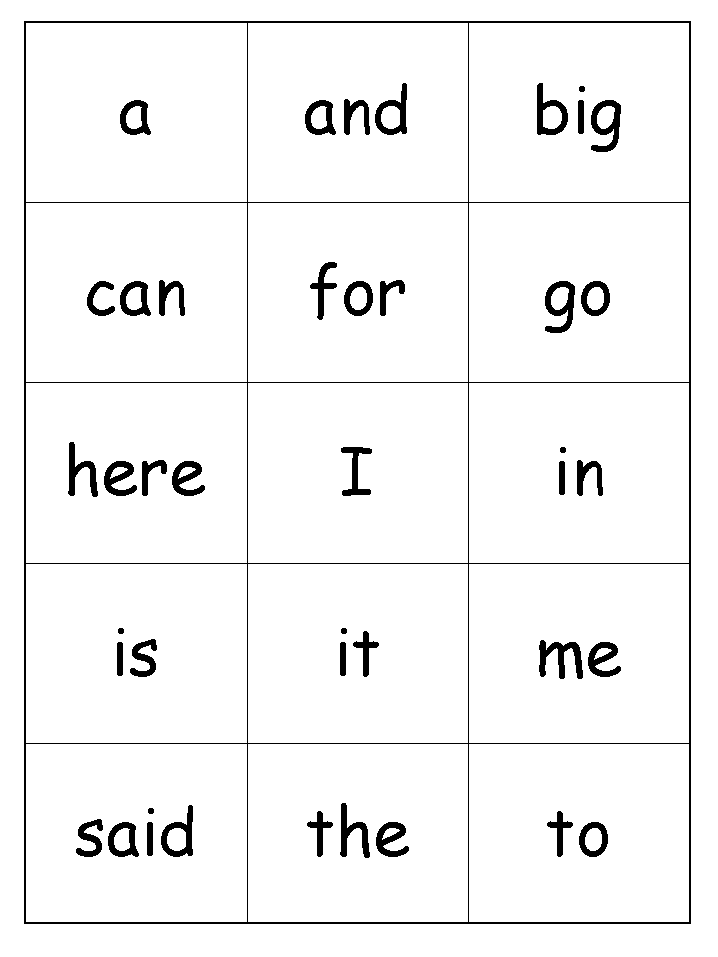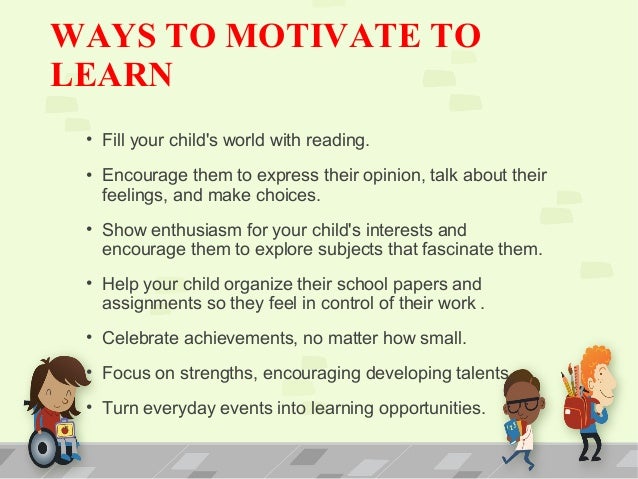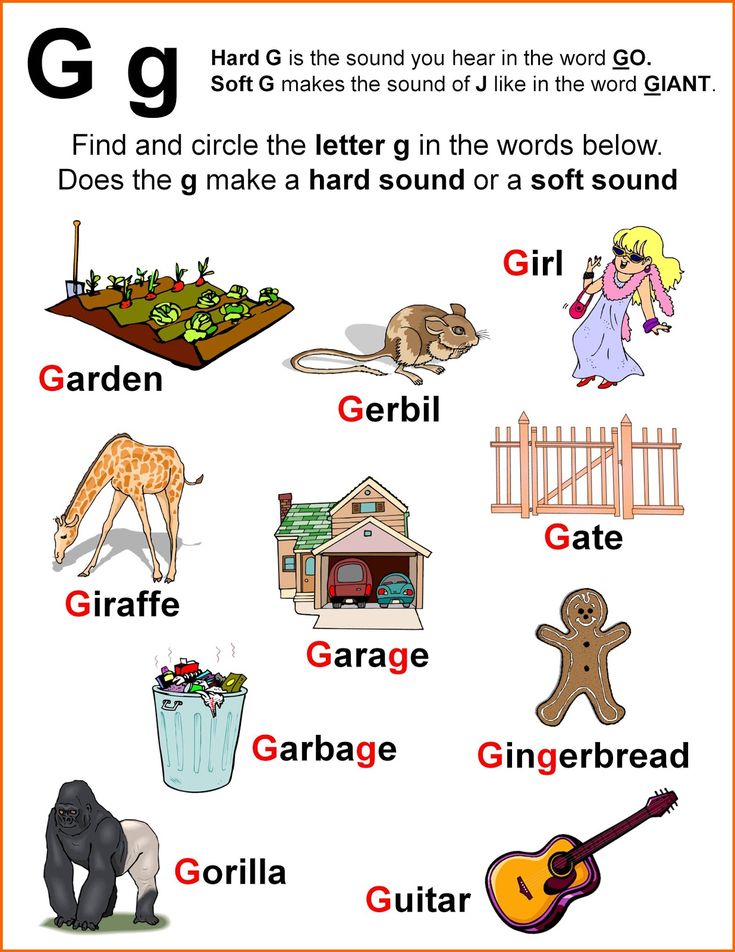Phonological awareness worksheet
FREE Phonemic Awareness Worksheets - Interactive and Picture-Based
Last updated on December 17, 2021
Phonemic awareness skills are so important for new readers. These free phonemic awareness worksheets provide excellent practice no matter which skill you are working on!
I don’t know about you, but I really struggle to find no prep worksheets and activities to foster phonemic awareness skills for my kindergarten, first grade, and second grade intervention students. So many of the activities I find involve text on the student page. (I’m not talking about titles and directions, I’m talking about words with pictures.) We don’t need to practice phonics, we need to practice phonemic awareness. Thus, I set out to create 100% picture-based phonemic awareness worksheets for my students. I figured that if I couldn’t find such resources, neither could you! Today I’m sharing these free phonemic awareness worksheets with y-o-u.
100% PICTURE-BASED PHONEMIC AWARENESS WORKSHEETS
You might still be thinking, “So wait…there are no words, Lauren?” Yes, that’s right, no words. Since the students are practicing hearing sounds in words, they need to focus on listening to the words and phonemes, rather than be distracted by text. I also find that my EL/ELL students are extremely intimated by text before learning phonics. These picture based activities will lower the affective filer for such students. Don’t worry, I’ve included picture answer keys for every activity. (You know, just in case that sub can’t figure out the words. 😉 )
INTERACTIVE PHONEMIC AWARENESS WORKSHEETS
Every worksheet (all 65+) is cut and paste. I love the interactive aspect of cut-and-paste, as well as the opportunity to work on motor skills. I also made sure every sheet was this way so that students could focus on the phonemic awareness skill rather than the directions on the page. The format and layout is consistent and familiar. This sets students up for success!
SKILLS INCLUDED
So far, I’ve created worksheets for the following phonemic awareness skills:
- Beginning Sounds Sorts
- Rhyming (Match the rhymes; 2 versions)
- Compound Words
- Syllable Sorts
- Sounds (Phonemes) in Words Sorts
- Ending Sounds Sorts
- Medial Sounds Sorts
WAYS TO USE
These worksheets are the perfect way to review and practice different phonemic awareness skills.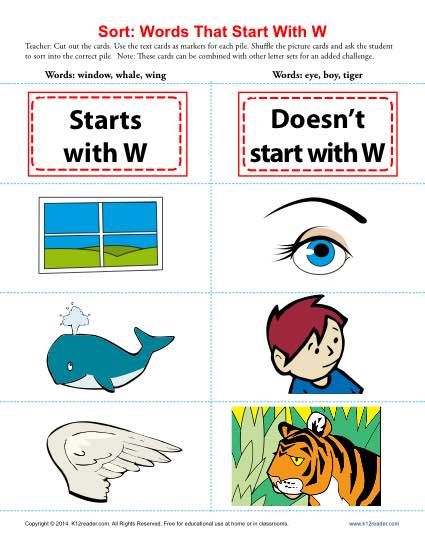 Since there are multiple versions of each skill, I will also be using them as an assessment. Students will know how to complete the activity because we have done it before, so we will go over the pictures, put up their privacy folders, and test. Then I can use the results to guide instruction!
Since there are multiple versions of each skill, I will also be using them as an assessment. Students will know how to complete the activity because we have done it before, so we will go over the pictures, put up their privacy folders, and test. Then I can use the results to guide instruction!
MORE ON PHONEMIC AWARENESS
Are you looking for more ways to practice phonemic awareness? Check out these posts: Phonemic Awareness Activities and Phonemic Awareness Task Cards.
About the Author
Lauren
I help elementary teachers streamline their phonics and reading instruction by giving them all of the information and resources they need to maximize every reading lesson and raise their students reading levels once and for all.
You May Also Enjoy These
Reader Interactions
Phonics & Phonemic Awareness Worksheets: Consonant Sounds
Consonant B b
Learn to say, read, write, and recognize the /b/ sound in words; Includes writing, coloring, and sorting phonics printables.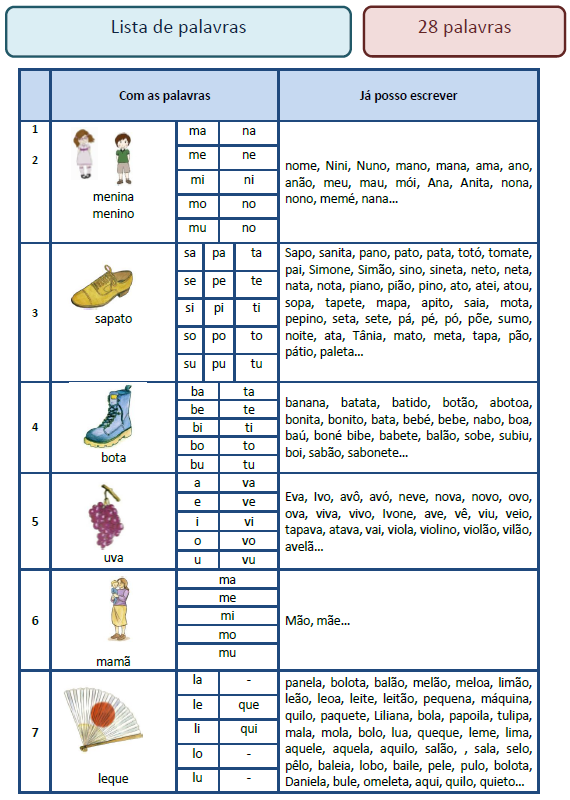
Consonant C c
Learn to say, read, write, and recognize the soft and hard-c sound in words; Students will enjoy these phonics sorting activities and writing worksheets.
Consonant D d
Learn to read, write, recognize, and say the /d/ sound ; Includes picture printables, word games, and coloring activities.
Consonant F f
Practice the /f/ sound, recognizing words that start with /f/, and sorting and color /f/ pictures and words.
Consonant G g
Practice the /g/ sound, recognizing words that start with /g/, and sorting and color /g/ pictures and words.
Consonant H h
Practice the /h/ sound, recognizing words that start with /h/, and sorting and color /h/ pictures and words.
Consonant J j
Practice the /j/ sound, recognizing words that start with /j/, and sorting and color /j/ pictures and words.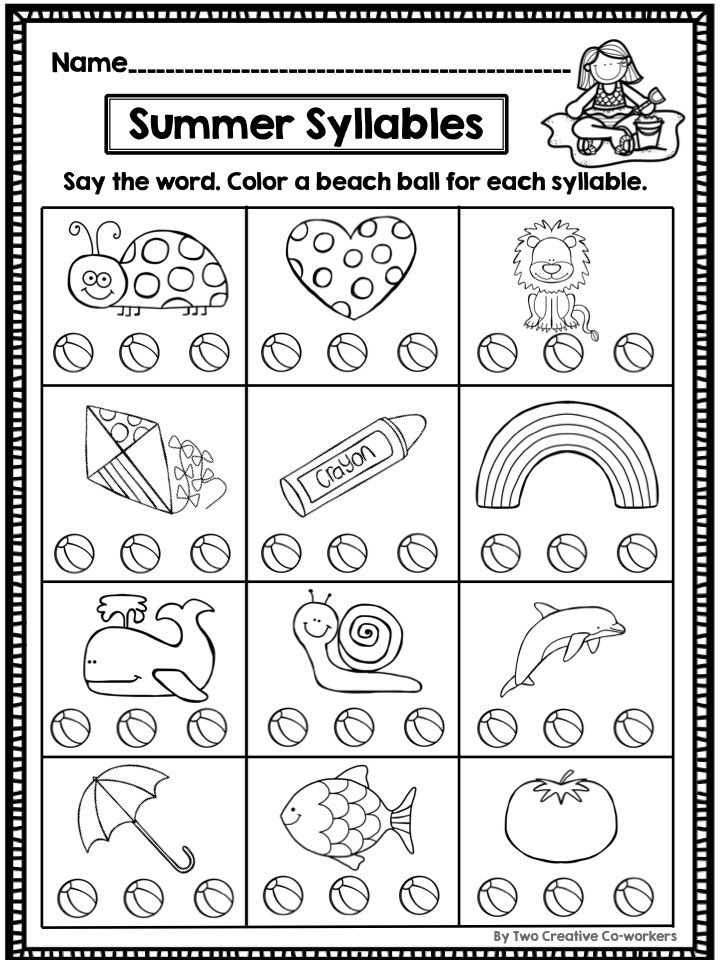
Consonant K k
Practice the /k/ sound, recognizing words that start with /k/, and sorting and color /k/ pictures and words.
Consonant L l
Practice the /l/ sound, recognizing words that start with /l/, and sorting and color /l/ pictures and words.
Consonant M m
Practice saying the /m/ sound, recognizing words that start with /m/, and sorting /m/ picture cards.
Consonant N n
Practice the /n/ sound, recognizing words that start with /n/, and sorting /n/ picture cards.
Consonant P p
Practice saying the /p/ sound, recognizing words that start with /p/, and sorting /p/ picture cards.
Consonant Q q
Learn to identify, sort, and write words that begin with the letters Qu.
Consonant R r
Learn about the sound made by the letter r.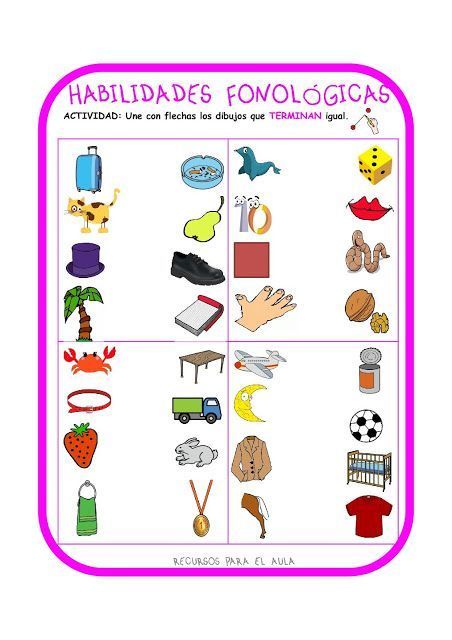 Includes sorting games, matching games, and worksheets.
Includes sorting games, matching games, and worksheets.
Consonant S s
Learn about the sound made by the letter s. Includes matching games, card sorting activities, and printables.
Consonant T t
Worksheets to help students learn sound made by the letter t. Includes matching games, sorting activities, and printable worksheet.
Consonant V v
Simple worksheets for learning the consonant letter v.
Consonant W w
Word sorts, cut-and-glue activities, and worksheets for learning the /w/ sound.
Consonant X x
Here are several activities for learning the /x/ sound.
Consonant Y y
Yes, you can learn to read about yo-yos, yaks, yolks, and yarn with the /y/ worksheets.
Consonant Z z
Use these worksheets and games to practice reading words with the /z/ sound.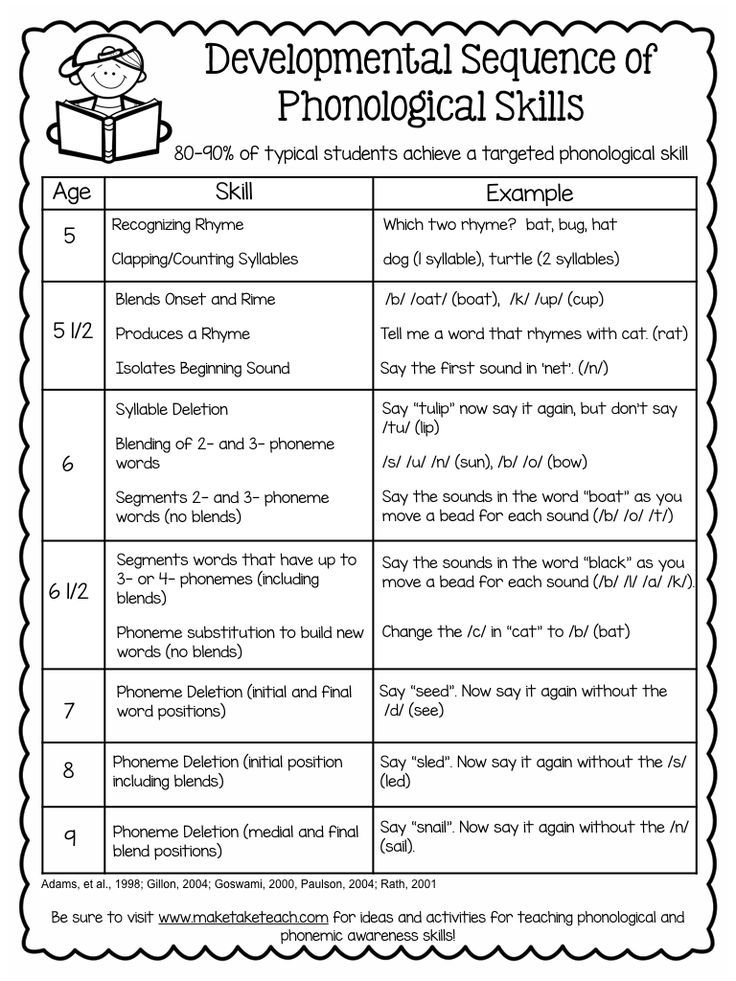
More Phonics Worksheets
More printable phonics worksheets, including vowels, blends, digraphs, and diphthongs.
Printing Letters
Manuscript printing worksheets for all letters of the alphabet.
Dolch Sight Words
Printable activities, flash cards, and word wheels for the Dolch sight words.
First Grade Reading Comprehension
Simple reading comprehension stories with questions for kids to answer.
Phonological awareness Phonemic awareness Phonology phoneme, others, awareness, superlative, phoneme png
Phonological awareness Phonemic awareness Phonology phoneme, others, awareness, superlative, phoneme pngAbout this PNG
- Image size
- 1051x936px
- File size
- 91.
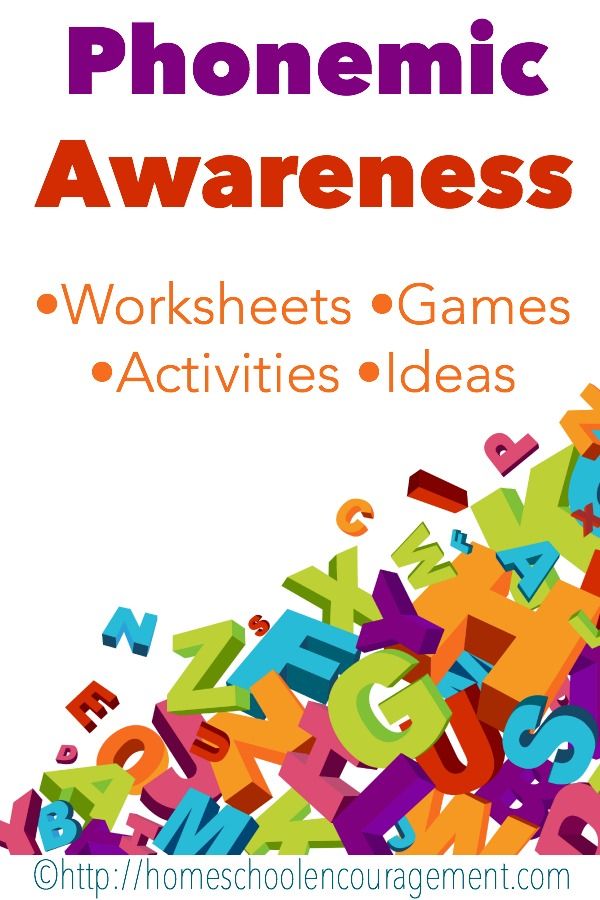 42KB
42KB - MIME type
- Image/png
resize PNG
width(px)
height(px)
License
Non-Commercial Use, DMCA Contact Us
- Vocabulary Test of English as a Foreign Language (TOEFL) Test of English as a Foreign Language (TOEFL) Word, learn english, english, text, trademark png 1200x1200px 400.49KB
- Spell check Spell checker, others, text, word, text png 1239x1109px 414.07KB
- Words Their Way Phonemic awareness Phonological awareness Educational assessment Test, word, angle, text, number png 998x1275px 29.
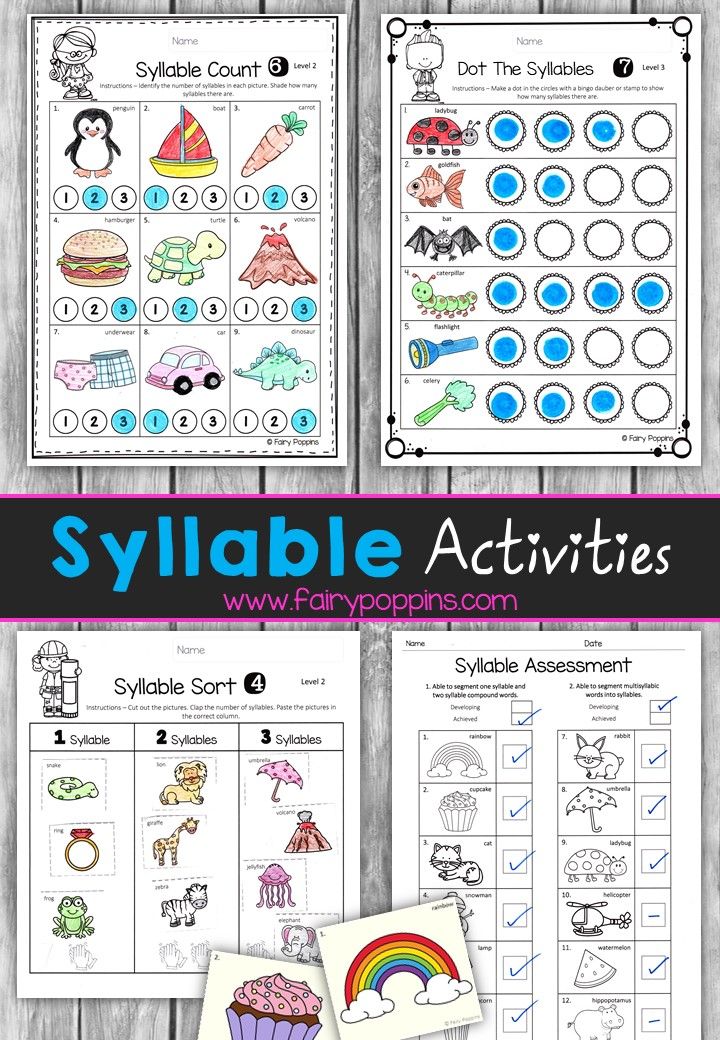 6KB
6KB - International English Language Testing Framework Test of English as a Foreign Language (TOEFL) Graduate Management Entrance Test Comprehension, student, english, text, people png 640x480px 1.17MB
- student reading poster, Teacher, Book of Monsters, text, rectangle, reading png 550x491px 163.95KB
- Reading Comprehension Learning Learning Literacy, Lettura Endofascia, reading, cartoon, reading png 631x618px 57.11KB
- English Plus Cambridge Assessment English for Learning Business English, others, english, text, logo png 800x800px 29.98KB
- Reading comprehension Free writing Skill, reading history, text, reading, reading png 1036x465px 113.
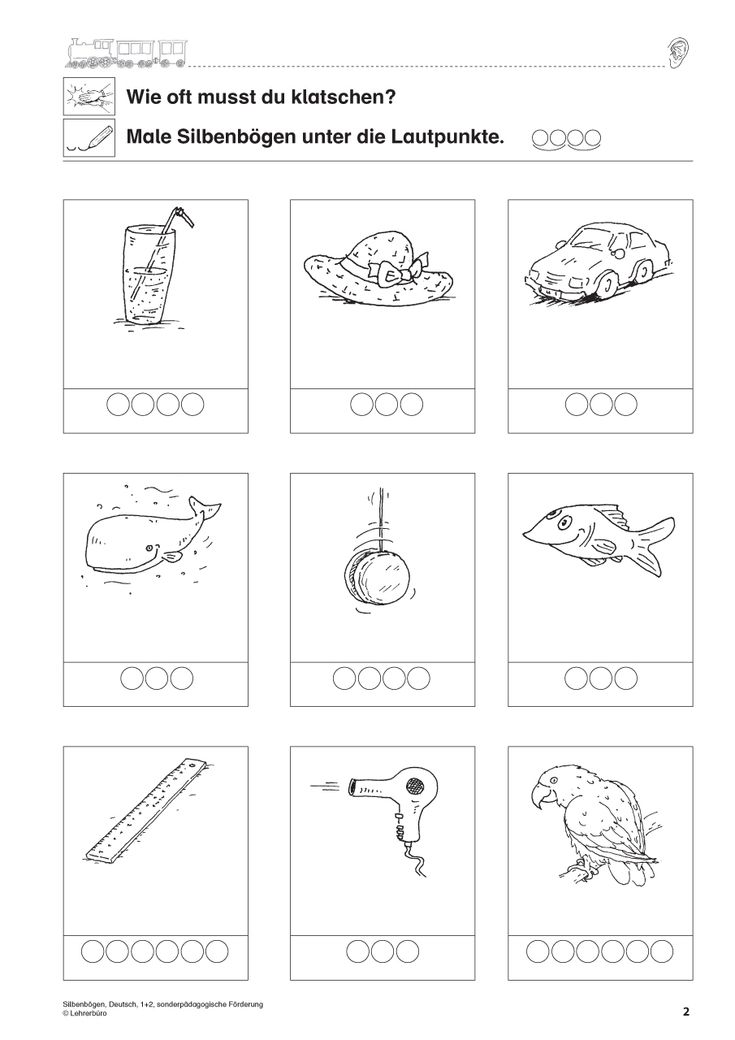 48KB
48KB - Graduate Engineering Graduate Qualification Test (GATE) CBSE exam Grade 10, others, miscellaneous, hand, logo png 943x1015px 253.3KB
- Active listening Skill Comprehension Communication, Listening, miscellaneous, english, reading png 1299x1378px 37.28KB
- Bracket Punctuation Parenthesis Wikipedia Ampersand, bracket, miscellaneous, angle, english png 2000x7923px 187.38KB
- Grammar Dictionary of terms, sentence, hand, boy, grammar png 648x404px 99.66KB
- Phonological awareness Phonology Phonemic awareness Speech therapy Language, Doodle sun, child, reading, logo png 864x1234px 84.
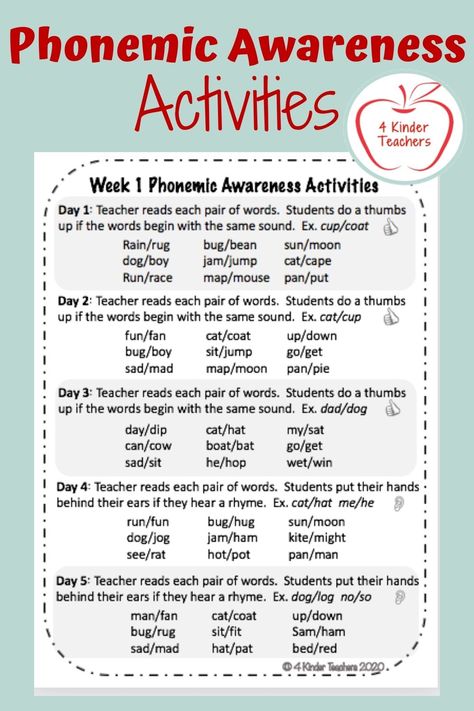 36KB
36KB - Learning object Open educational resources, learning, text, material, material png 5000x5000px 248.51KB
- Visual word Spelling Microsoft Word, Spelling words s, text, hand, reading png 874x1000px 634.95KB
- Intercultural communication Culture Learning Cultural diversity, Cultural awareness, angle, logo, culture png 1024x1024px 86.88KB
- Computer Icons Awareness Ideas, innovation, miscellaneous, angle, text png 1024x1024px 65.8KB
- Drawing English Welsh Guards Dessin animé, others, english, spanish, cartoon png 2147x3183px 1.
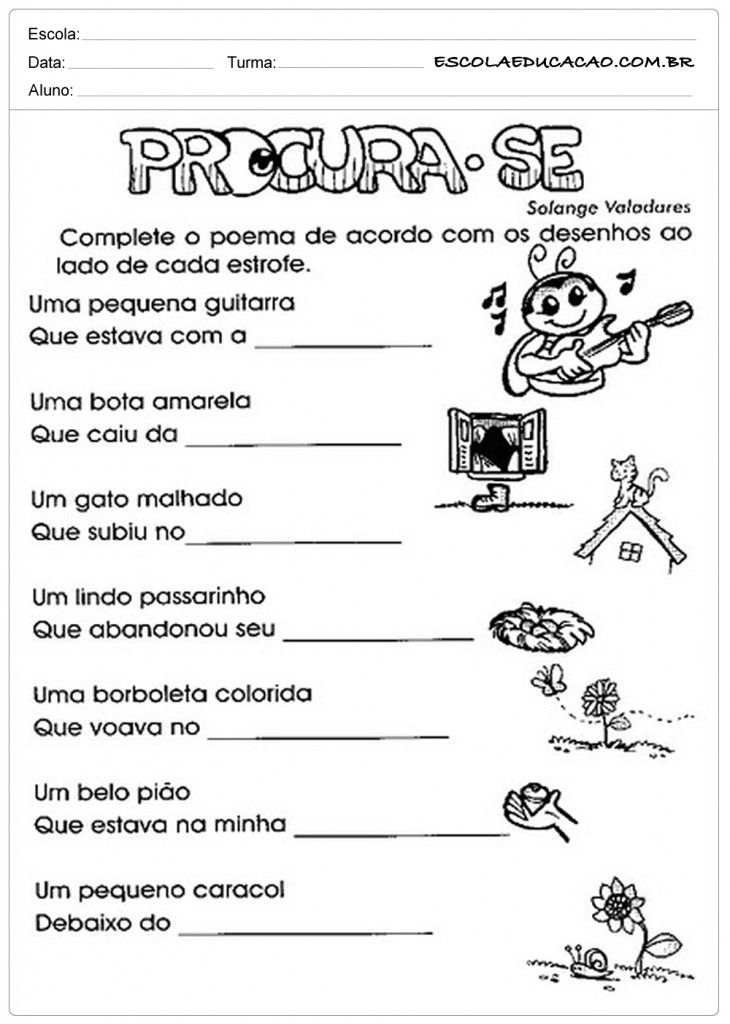 76MB
76MB - Phoneme Phonemic awareness Word, Phonemes s, angle, text, symmetry png 819x632px 159.48KB
- Memrise Learning Language acquisition Flashcard, companion, miscellaneous, angle, english png 512x512px 149.77KB
- English grammar English conditional sentences Verb First-level adjective, english, trademark, orange png 1000x750px 285.55KB
- Definition Enigma machine Word Dictionary Meaning, Word, angle, text, rectangle png 748x720px 89.68KB
- Learning English Learning English English Attack, songkran, miscellaneous, english, text png 1171x679px 139.
 6KB
6KB - Flashcard Computer Icons Learning to read, others, angle, text, rectangle png 596x596px 50.55KB
- Face Target Pictogram Uesakishigeruzeirishi Services Training, others, angle, text, logo png 500x500px 4.4KB
- Computer Icons Language Icon Translation English, others, angle, english, text png 540x540px 11.24KB
- Narration TeacherPayTeachers Worksheet Education, Eyes Reading s, class, rectangle, reading png 1312x1472px 150.48KB
- Learning Centers in American Primary Schools Student, Information Book s, child, hand, reading png 1600x947px 684.
 74KB
74KB - Syllable phoneme Word Learning to read phonology, cartoon bus, cartoon Character, text, reading png 800x800px 255.37KB
- Leitner system. Flash card. Spaced repetition. Education. Learning skills, method., miscellaneous, angle, english png 1200x652px 48.7KB
- Noise-induced hearing loss Speech-language pathology Sensorineural hearing loss, child loss, child, text, logo png 895x758px 167.61KB
- Hamburger Graphic organizer BLT Writing Sandwich, Iqbal Day, angle, text, reading png 649x840px 142.71KB
- Thought Feeling Mind Action Feeling, Feeling, miscellaneous, text, logo png 1432x624px 61.
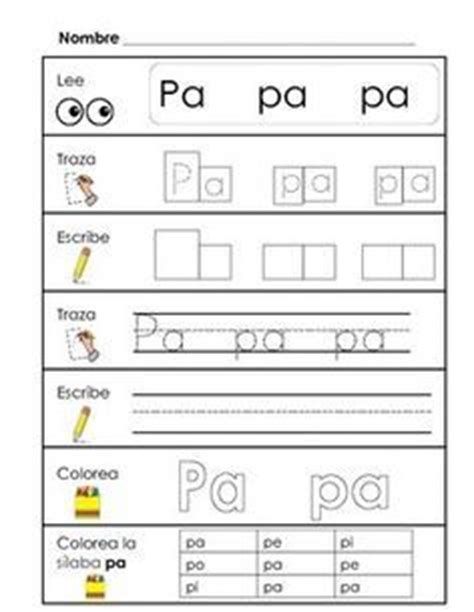 98KB
98KB - First grade Second grade TeachersPai School of Teachers, teacher, love, food, text png 1600x1007px 316.51KB
- YouTube Vocabulary Pronunciation English Adjective, washing dogs, marine Mammal, english, text png 591x502px 24.2KB
- Conciencia fonológica Therapeutic-speech pathological dictionary Game, O O T P V, game, rectangle, room png 1194x627px 377.06KB
- International Spoken English Translation, others, english, text, logo png 512x512px 78.27KB
- Learning Speech English Dictionary, others, cdr, english, text png 564x980px 42.
 09KB
09KB - Friendship Learning Vocabulary Basic English, friendship, love, miscellaneous, english png 600x600px 83.5KB
- Personality Drawing Phonological consciousness Earthworm Monaco, Livro, white, hand, monochrome png 1000x1000px 46.05KB
- Lucknow National Postgraduate University Institute of Hospitality Management Lucknow Bachelor of Commerce, others, miscellaneous, logo, university png 520x520px 303.65KB
- Student TeachersPaying Teachers Writing Reading Books, information books, child, text, reading png 654x1127px 290.59KB
- Language English Dictionary Word Information, others, english, text, logo png 800x549px 377.
 19KB
19KB - Literacy Phonological awareness National Reading Group Education, reading strategies Everything Book, text, reading, logo png 975x623px 186.07KB
- Poster Fluency Text Phonetics, r2d2, miscellaneous, text, reading png 1195x1600px 445.54KB
- Sentence definition English grammar Word, Fresh Coffee, miscellaneous, text, logo png 2601x701px 134.05KB
- Italian phonology Vowel chart International phonetic alphabet, italian comics, angle, white, text png 1920x1411px 53.05KB
- Joke Spanish Fun Vocabulary Learning, doodle, miscellaneous, game, white png 1880x2310px 96.
 22KB
22KB - Book Computer Icons Learning, public library books, text, reading, teacher png 600x489px 118.89KB
- National Suicide Prevention Week United States National Lifeline Suicide Prevention Action Network, suicide ribbon, text, logo, logo png 500x769px 156.06KB
How to teach a child to read or learning to read to children
Parents are best placed to teach their children to read. The loving one-on-one connection is what makes it so effective. So how do you teach a child to read? Let's learn to read together.
Contents
Should parents teach their children to read?
Are you concerned about the number of people you know who rarely read for pleasure? Do you want your child to love reading and develop a lifelong passion? Are you concerned about school reading programs that overemphasize phonics but place too little emphasis on text comprehension? Are you worried that schools are doing more harm than good with their obsession with getting kids to read in kindergarten?
If you nod to these questions, you are the perfect candidate to teach your child to read. And so we want to tell you how to teach a child to read. Unfortunately, too many parents mistakenly believe that reading must be taught by trained educators and requires expensive phonics kits, worksheets, alphabet cards, special books, and other resources. Nothing is further from the truth. No one is better suited to teaching children to read than their parents!
And so we want to tell you how to teach a child to read. Unfortunately, too many parents mistakenly believe that reading must be taught by trained educators and requires expensive phonics kits, worksheets, alphabet cards, special books, and other resources. Nothing is further from the truth. No one is better suited to teaching children to read than their parents!
The single most important activity for building the knowledge necessary for eventual success in reading is reading aloud to children.
- Jim Trelis, author of Reading Aloud
Parents are the best at teaching their children to read
No one is better at teaching children to read than their own moms and dads. This is because reading involves more than just speaking words on a page.
In its strongest sense, reading is both an emotional and an intellectual affair - intertwining the written text with one's own life experiences.
If the kids are lucky, they'll experience it as a warm, loving time as they sit on Mom's lap and turn the pages, go to the library with Dad, and hug their parents on Saturday mornings to hear their favorite stories.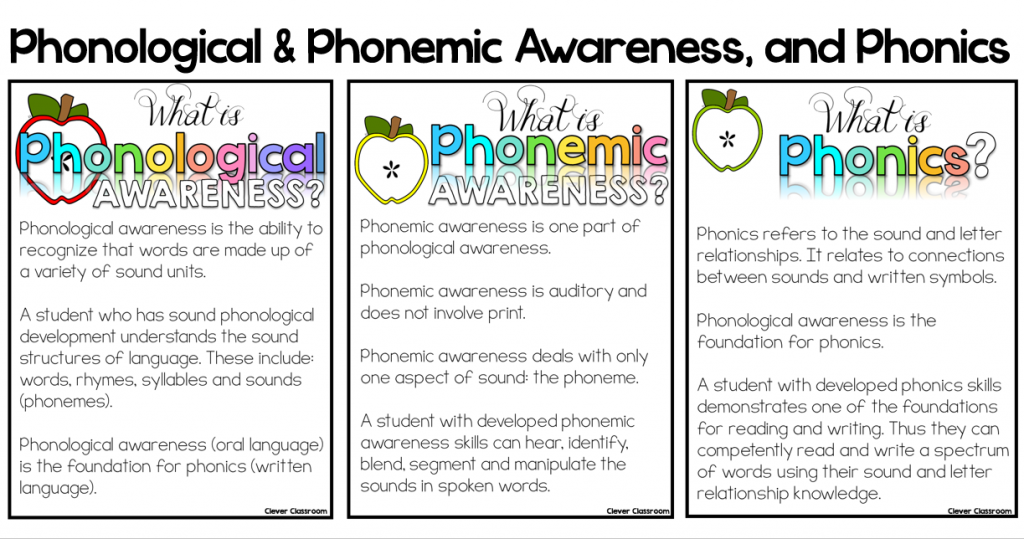
They may be too young to understand what is being read to them, but they create deep bonds that will last a lifetime: reading is love, reading is safety, and reading is good. To teach children to read, parents should remember these 3 simple mantras:
1) Find a way to your heart.
2) Build on the child's previous knowledge
3) Understanding is the key that turns listening into reading.
There is an educational proverb: "What we teach children to love and desire always outweighs what we make them learn." The fact is that some children learn to read earlier than others, and some learn better than others. There is a difference.
For the parent who thinks the sooner the better, who has an 18 month old flashcard reader, my answer is: the sooner the better. Are dinner guests who arrive an hour early better than those who arrive on time? Of course not.
- Jim Trelis, Read Aloud Author
Start with the Heart: Concept - 5 years.

Parents of infants and young children lay the foundation for reading success long before there is a need for systematic learning. While some moms and dads are tempted by products that claim to encourage early reading, they should resist the temptation to buy them. They should not look for how to teach a child to read - it's not difficult, but along with teaching reading to teach a child to understand what they read. A syllable table is easy for a child to remember, but it is very difficult for him to connect syllables, and then understand what kind of word it turned out - what it means.
Introducing formal instructions too early can backfire by making children perceive reading as a task that takes gifts from their parents rather than as an enjoyable activity in and of itself. Research shows that young people who receive early instruction are less likely to read for pleasure as they get older.
Reading is all abstract and useless for kids, and parents should adopt the mantra: find the way to the heart.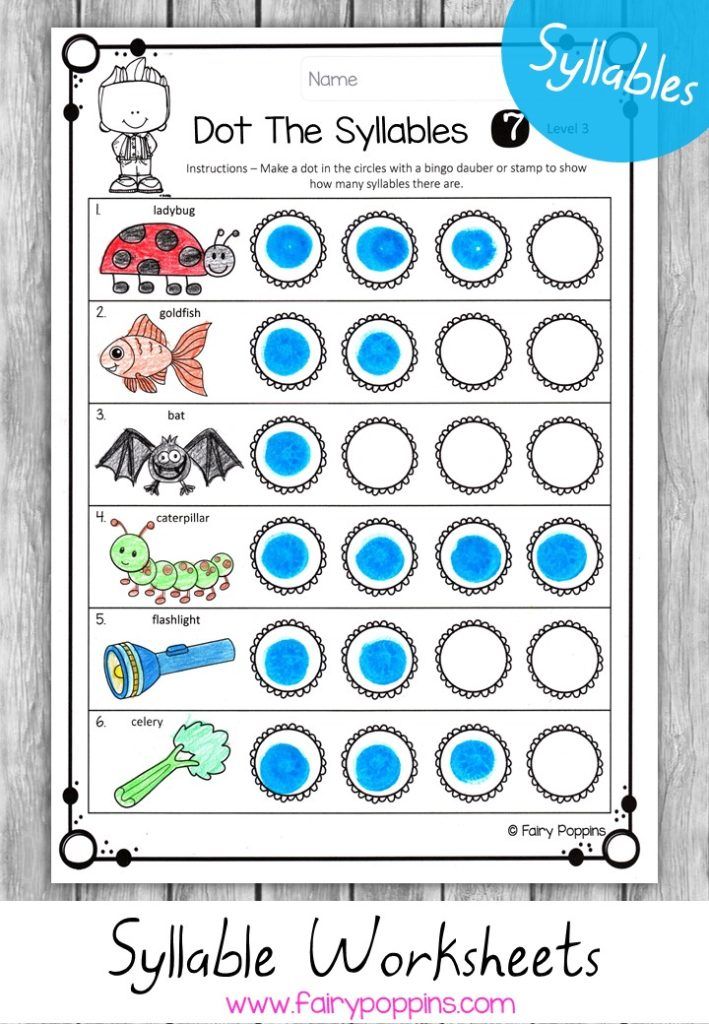 When reading to their children, parents should focus on the following:
When reading to their children, parents should focus on the following:
Scaffolding
When reading to young children, parents should keep in mind the idea of a fishing line - one piece is placed on top of another to make something bigger and stronger. If the lower part of the scaffolding is weak and shaky, everything will collapse. Young children have limited experience, so parents should build on what they already know. Reading a book about butterflies to a child who has never seen a butterfly is pretty much pointless. However, reading a book about butterflies to a young man who has spent half a day watching them fly through the garden is incredibly powerful.
Build on prior knowledge
Before reading, parents should use their children's prior knowledge to prepare them for deeper learning. For example, while reading the book The Ugly Duckling, a mother might remember the day she and her daughter went to the park to feed the ducks and ask, “What do you remember about those ducks?” Before reading “Aibolit”, dad could remember the time when he and his son watched a sick dog near their house: “Remember we saw a sick dog? There are people who treat sick animals. ” Make it warm and cozy.
” Make it warm and cozy.
Many parents fall into the trap of reading to their children before bed when they are tired from a long day. This often results in an unsatisfactory experience for both parents and children. It is much better for parents to choose a time when they feel fresh, energized and involved in the process. Most importantly, they should make reading warm and cozy: sitting under the shade of a tree, sipping hot cocoa, or cuddling up in bed on a lazy Sunday morning.
The more you read aloud at home, the better your child will develop! The biggest bonus is the association. Nothing beats a mom or dad, one on one, reading a book. Life is good!
- Jenny Fitzky, preschool teacher for over 30 years.
Talk to your child
Research shows that children with poor phonological awareness become poor readers. Parents can almost guarantee that their children will become proficient readers by starting with phonological awareness.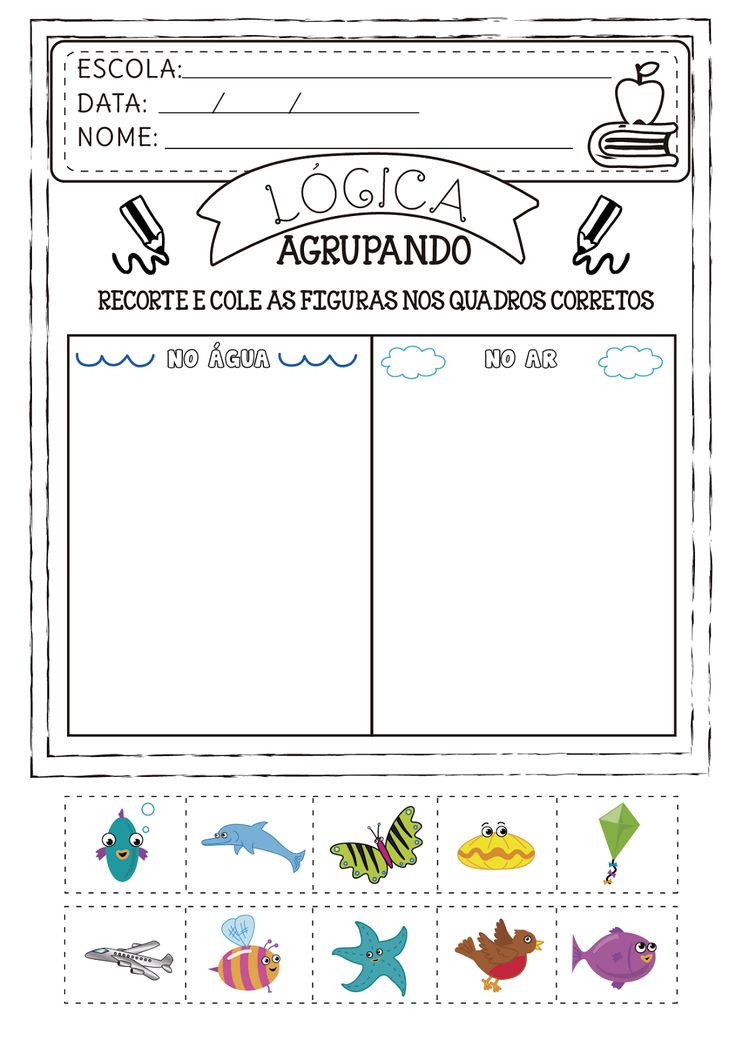 They should forget flashcards, workbooks, and just talk, making it fun, easy and simple.
They should forget flashcards, workbooks, and just talk, making it fun, easy and simple.
Phonological consciousness is foolishness with words, turning into a game and celebrating the magic of language. There is no need for parents to sit their children at desks and give formal lessons. Instead, parents should teach this throughout the day in a fun and organic way.
Get creative with rhyming words. Parents should talk to their children using rhyming words: "Time to eat porridge, feed Natasha the doll." "Let's make the bed - we don't want to sleep, do we?" “Eat dinner soon, otherwise you will lose weight.”
Play word games in the car. While you are traveling with your child, this is an amazing opportunity to play simple word games. Think of as many words as possible that begin with "m": meat, car, shop, tangerine. Think of as many words as possible that rhyme with the word cat: mouth, mot, hippopotamus.
Play the game I Spy .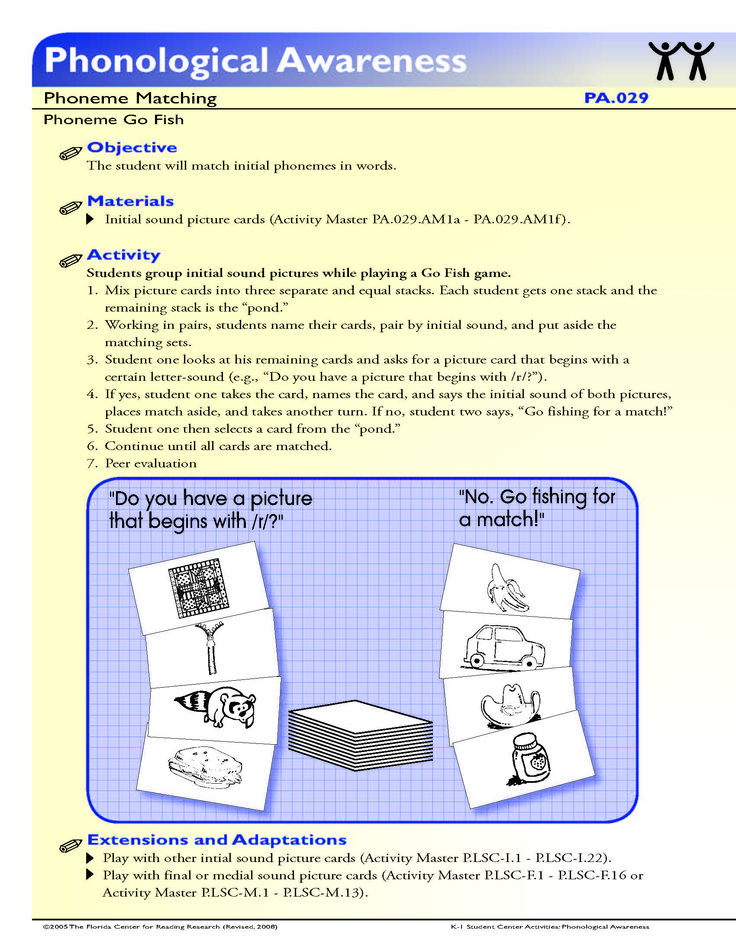 While waiting in the doctor's office or sitting at the dinner table, play the game "I'm a spy" - "I saw something brown and starts with the sound "sh" - (fur coat). “I look at something green and start with the sound “l” - (leaf).
While waiting in the doctor's office or sitting at the dinner table, play the game "I'm a spy" - "I saw something brown and starts with the sound "sh" - (fur coat). “I look at something green and start with the sound “l” - (leaf).
Play games that promote phonological awareness. For example, the game “Broken phone”, “Edible-inedible”.
What is phonological awareness?
Phonological awareness in young children is the foundation for early reading. It includes the ability to hear and manipulate sounds, syllables, and words. It includes skills such as recognizing the rhyme of words, determining the number of syllables in a word, and identifying words with the same initial sounds, such as "cat" and "cow". When children develop phonological awareness, they see patterns among words and use that knowledge to read.
Comprehension is the key that turns listening into reading: ages 4-8.
Parents and teachers are often very impressed with children who have decoding skills that mislabel them as "readers". But, of course, reading involves much more than just sounding the words on the page; it also includes comprehension, which is more complex and difficult to learn.
But, of course, reading involves much more than just sounding the words on the page; it also includes comprehension, which is more complex and difficult to learn.
In order to successfully understand, children must not only have good decoding skills, they must read fluently and make sense of printed text. Once again, when it comes to teaching understanding, parents are best suited for the task.
To make meaningful connections with the printed word, children need rich and varied life experiences. A child who has never strayed from downtown won't get much out of a story about farm life. A child who has never visited an aquarium will not have the background needed to understand a text about marine life.
Moms and dads can improve understanding by remembering the mantra: understanding is the key that turns listening into reading. They may engage in the following activities.
We read by ourselves. Parents who read for both pleasure and knowledge are powerful role models for their children. Moms and dads who want to learn more about a topic—be it gardening, the Russian government, or dog breeds—and go to the library to borrow books teach their kids the value of reading.
Moms and dads who want to learn more about a topic—be it gardening, the Russian government, or dog breeds—and go to the library to borrow books teach their kids the value of reading.
Make predictions
When reading to a child, parents should ask them to make predictions about what will happen next in history. They should start with the cover and ask, "What do you think this book is about?" It engages children in the plot, alerts them to the plot, and improves comprehension.
Link the story to the child's experience
The parent should guide the child in making meaningful connections. For example, while reading Goldilocks and The Three Bears, a parent might ask, "How would you feel if someone came into your house and sat on your chair and broke it?"
Always follow reading to discussion or creativity
Research shows that comprehension increases significantly when reading is followed by a discussion of a book or a creative task. Parents may ask, “What is your favorite role in the book?” Or "Who was your favorite character and why?".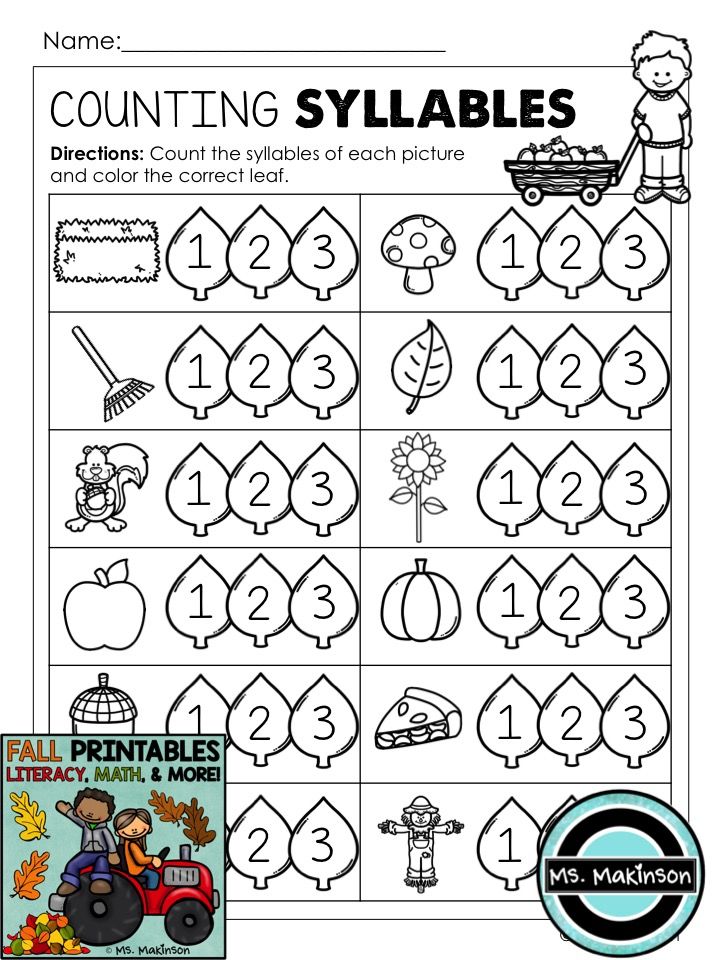 They may ask their child to draw an alternate ending to the story, or help write a story with a similar plot or theme.
They may ask their child to draw an alternate ending to the story, or help write a story with a similar plot or theme.
Literacy and reading
Literacy does not start when your child goes to school. From birth, children acquire the skills they will use when reading. The 3- to 5-year-old years are critical to reading growth, and some 5-year-olds are already reading and reading comprehension while still in kindergarten.
The best way to instill a love and interest in reading is simply to read to your child. Yet many parents do not. Reading gives you the opportunity to maintain close bonds with your child and also provides a window into the world of literacy your child is about to enter.
As your child progresses from speaking their first sentences to phrasing, you will begin to see exciting milestones developing with reading. Your child will begin to recognize street signs, road signs, familiar store signs, and addresses posted on your home.
Most preschoolers:
- will know the names of their favorite books
- hold the book correctly and turn the pages
- recall familiar words and phrases in favorite books while pretending to read books
- know the difference between a random squiggle and a letter or number.

Some preschoolers will:
- Recognize and write multiple letters and numbers;
- Name of the letter with which certain words begin,
- Make up rhymes or silly phrases.
Some preschoolers can even:
- Predict what might happen in a story,
- Read and write your name and some familiar words,
- Retell the stories they know.
Let's talk about text
A text environment for preschoolers lays the foundation for successful reading. It's not just about having books at home, although that's a great start. You can also start talking about letters, numbers, and words on packages and signs.
Help your child understand that text is already part of his daily life. Give the name of his favorite cereal. Show him the labels on the clothes. Show him the different parts of the greeting card or invitation.
Play games with letter and number recognition when you go out. Can your child tell you any letters in the supermarket? Can he read anything from the check?
He will be glad to know more about his world. Developing text comprehension should never be a chore.
Be aware of problems
Are you concerned that your child may have a learning disability? As with almost any disability, early intervention can prevent future problems. In the preschool years, language delays are much more noticeable than learning difficulties, which can affect a child's reading efforts.
Ask your pediatrician for advice if you are concerned that your child has a speech delay.
Most schools will not diagnose reading disorders until first grade. However, there are signs that you may be looking earlier. If your five year old can't "hear" a rhyme in two simple words, or can't tell a letter from a random squiggle, it could be a developmental delay.
Reading lessons for 3-5 year olds
Letter fun
Children love copying words on paper. Write your child's name and have them copy it themselves using alphabet stamps, stickers, or magnets. Encourage him to "write" his words using letters. Your child will write letters backwards, write seemingly randomly, and may hold their marker oddly - that's "good" at this age when a child wants to communicate in writing of any kind.
Where does the word begin…
Letter-sound combination is one of the first steps to reading. Play a guessing game of your child's favorite words. What letter does p-p-p-pirate begin with? How about "M-m-mommy"? Once your child guesses correctly, see how many words you can think of together that start with the same letter.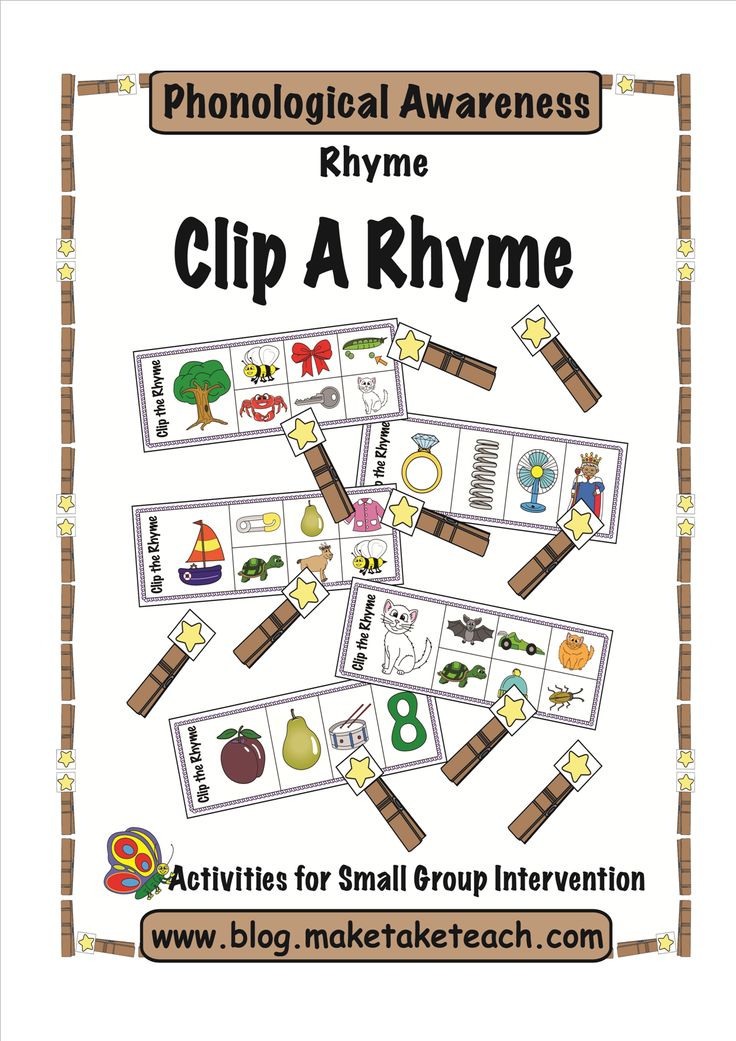
In Your Child Written by
Three year olds can be talkative, and by age 4 it can be difficult to get a word out. Take advantage of your child's interest in communication by writing a book together. Start with something simple, like describing a fun day at the park or visiting friends. Staple several sheets of paper together and write one or two sentences from your child on each page. Then read the story and let the child illustrate it.
Another way to read
Reading to your child is great, but even better is what is called “dialogical” reading. This is when you ask your child to take part in the story. Before turning the page, ask your child what they think will happen next. You can also ask your child how else the book could have ended.
Take the letter to the street
Children are tactile and have more fun than they can feel. Many preschools encourage children to make Play Doh letters or paint them with sand or clay. The next time you're in the park, on the beach, or in the snow, use the environment to play with the letters.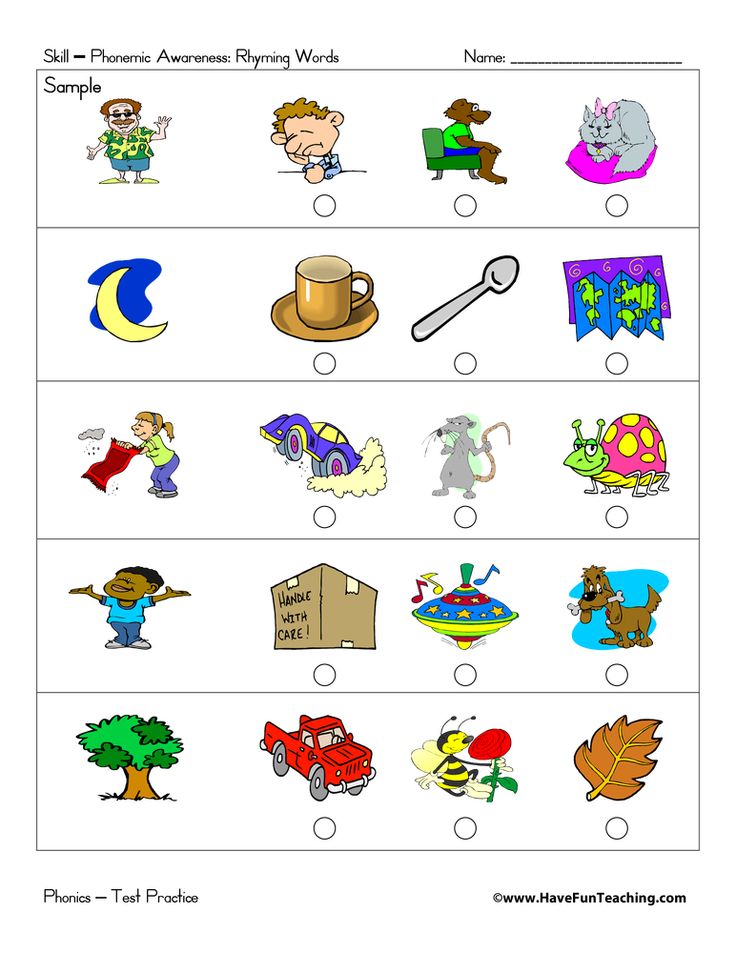 Take turns writing the letters in the snow, mud, or sand.
Take turns writing the letters in the snow, mud, or sand.
All the facts
Try to get your child interested in science books. At the library or bookstore, find books on your child's favorite topics. Cars, dinosaurs, dogs and more are covered in multi-picture books designed especially for children of this age.
Online literacy for ages 3-5.
Using your computer, smartphone or tablet is a special treat for your child. Try some of these literacy activities to turn your child's fun time into an educational opportunity.
Reading on your phone or tablet. There are many classic books that your child can read or read to them as apps on your phone.
So, there are many ways to teach a child to read. The main one is to set an example of your love for reading books.
Syllabic reading
To teach your child to read by syllables, you need to purchase syllabic tables. It is best if you can purchase Zaitsev's cubes. Not so much cubes as posters for them with syllables help the child quickly learn to read.
If time is running out and you just need to urgently make your child read in syllables, Zaitsev's method is the best and fastest option.
Every day, quickly reading the syllables on the posters, you will develop a child's visual memory for the image of the syllable and the auditory memory for the sound of the syllable you have shown. But this is only if your child has a good concentration of attention. If not, then the child will have to print and show each syllable separately, which will significantly delay the start of mechanical reading.
syllabic tableA month or even three months of work only with Zaitsev's posters (syllabic tables) will help the child to memorize syllables and their sounds. Then, using the same posters, combine syllables, not worrying about making a conscious word. The child must understand the principle of reading by syllables.
For example, “sha ba”, “ba bu”, ba bi”, “mama mi”.
And when you have mastered the two-syllable “words”, start practicing the three-syllable “words”.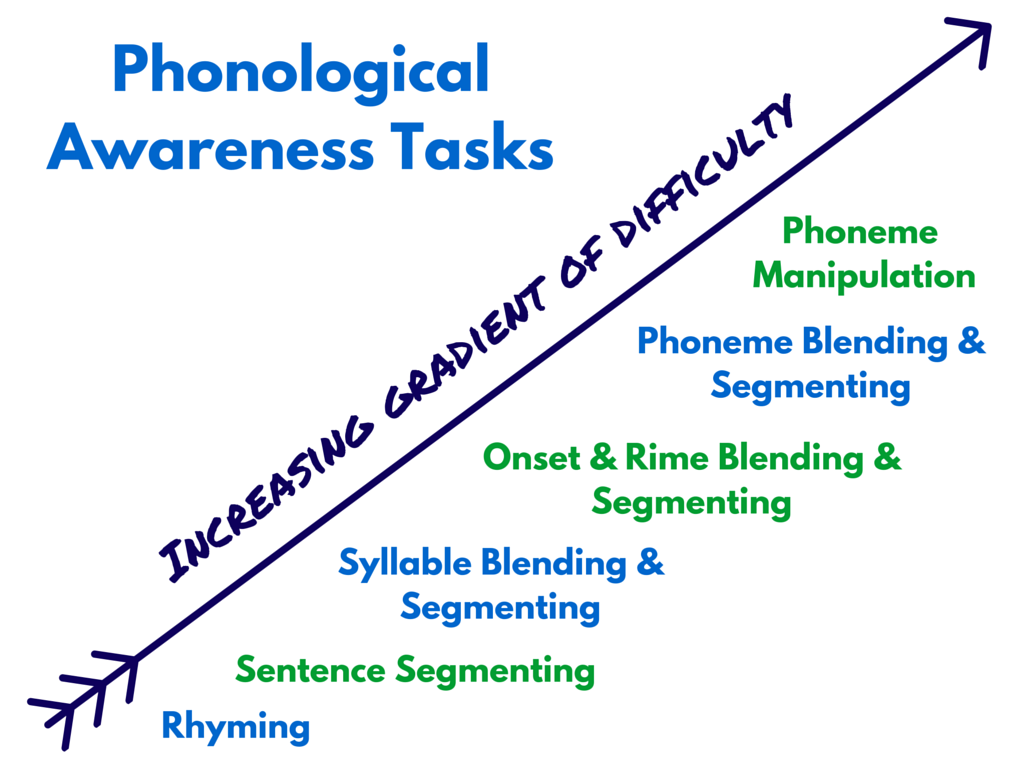 At this stage, you can already give the child printed real words “soap”, “mom”, “dad”, “fish” to read.
At this stage, you can already give the child printed real words “soap”, “mom”, “dad”, “fish” to read.
Teaching mechanical reading is not as difficult as it seems, but meaningful reading is more difficult, many children in the 5th, 6th grade do not always understand the meaning of what they read. At the same time, they learned to read very early. The fact is that if you ask how to teach a child to read, then this is understood precisely in terms of meaningful reading, and not in terms of voicing abstract icons (decoding). And a small 18-month-old child or a 3-year-old child is simply not able to read intelligently, unless, of course, he is a genius. Prepare your child for meaningful reading gradually - do not rush things. Let the child love to read, understand what exactly the book gives, if you work hard now, then in your school years your child will not have a problem with learning.
Games for learning to read in kindergarten and school
Learning to read is a developmental process that takes time. Every child learns differently, so it's important to use different learning strategies to keep their attention and interest in learning.
Teaching children to read does not always have to be about formal lessons or worksheets. In fact, sometimes the best lessons are learned when children are not even aware that they are learning. Here are some practical ideas you can use in class to help your students become independent readers.
1. Display letters and words in class
Children are naturally curious. Displaying different words and letters in the classroom encourages students to ask questions about words and learn without even realizing they are learning. Try labeling objects around the room, such as windows, doors, chairs, and boards, or attaching words such as "black," "red," and "blue" to font with that color. Children will learn to associate words with the objects they see.
2. Create a word family
Word families are words that rhyme. Teaching students about word families helps them see patterns in a text and encourages them to start reading by grouping sets of letters in a word. Once they recognize the word "hop", they can find patterns in rhyming words like "top", "pop", and "stop". A fun way to include this activity in class is to play a game using a cork board.
Teaching students about word families helps them see patterns in a text and encourages them to start reading by grouping sets of letters in a word. Once they recognize the word "hop", they can find patterns in rhyming words like "top", "pop", and "stop". A fun way to include this activity in class is to play a game using a cork board.
Write a list of words on the left side and a second list of words that rhyme with them on the right side (you can even try to use a subject for the words, like “edible words”). Place pins next to each word and have the students link a piece of string from the word pin on the left to the rhyming word on the right. This is not only a fun activity that helps children learn about family words, but also develops their fine motor skills.
This is not only a fun activity that helps children learn about family words, but also develops their fine motor skills.
3. Play decoding games
Decoding is the process of sounding words. Once the child recognizes the sounds that each letter or group of letters make, he can begin to collect words. Learning to decode is an important step in learning to read because the more students decode words, the faster they can automatically identify the words.
To make the decoding process more fun for students, consider including games.
4. Teach Phonemic Awareness
Phonemes are the smallest sounds in English, made up of consonants, short vowels, long vowels. Children should learn how different letters make different sounds. For example, the "a" in "table" is a long vowel, as opposed to the short "a" in "cap". Phonemic awareness means learning and manipulating these sounds with a single word, and is an important step towards helping children write and decipher.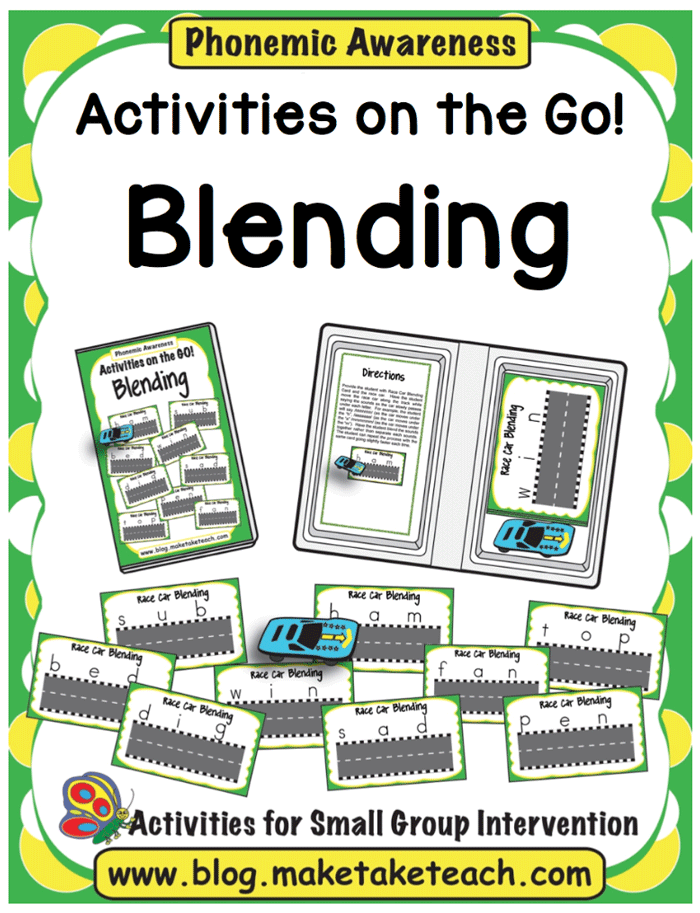
One thing you could do to help with phoneme awareness and how to separate the sounds of words from their meanings is to call the children one at a time, using their names without the initial sound (e.g. [and] lya). Children must figure out whose name was called and what sound is missing.
5. Play "fish" with visual words
Write the words in different ways - some more, some smaller, some in the center of the sheet, others in the corner. And play fisherman: let the child find the words-fish. It is very difficult to look for a word if it is written in the wrong way, in the wrong font, in the wrong color - but this is what develops the child's attention.
6. Word Search
Reading to children helps them develop their language and listening skills and prepares them to understand written words. However, some children lose concentration when they sit and listen, so it's important to find ways to keep them focused. One way to do this is to play word search.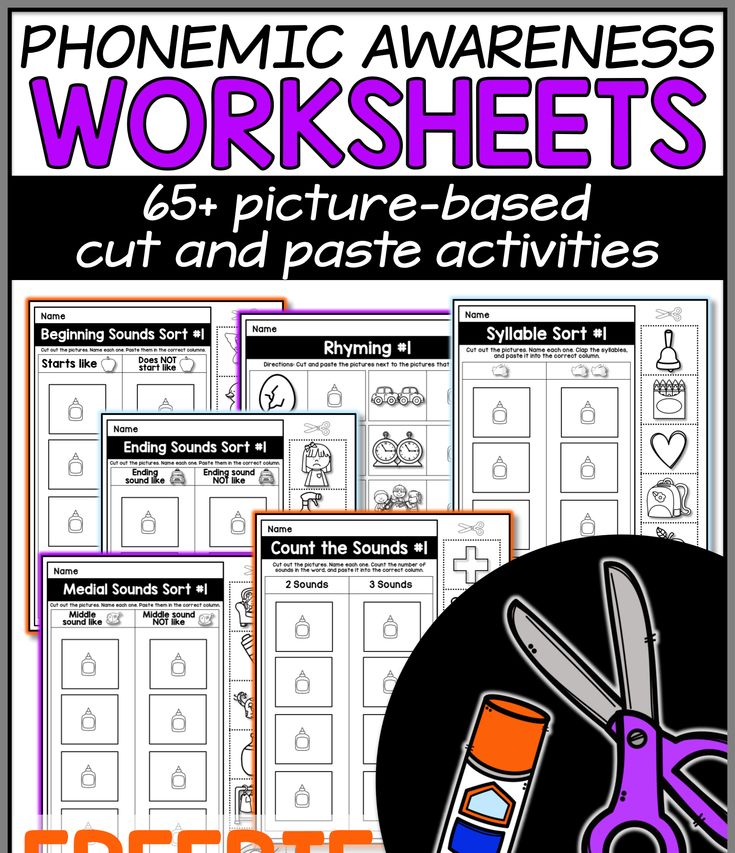 Give students sheets of paper with a list of words from the chapter of the book you are reading to them. As you read the book, students will circle the new words they hear on the sheet. At the end of the chapter, ask the class to discuss what words they found.
Give students sheets of paper with a list of words from the chapter of the book you are reading to them. As you read the book, students will circle the new words they hear on the sheet. At the end of the chapter, ask the class to discuss what words they found.
7. Help children love to read by making them fun
The ultimate goal of a teacher is to develop lifelong reading skills in children and develop children who love to read. Memorizing words is only the starting point of how to teach a child to read.
Every child learns to read differently, but in the end getting them involved is the best strategy.